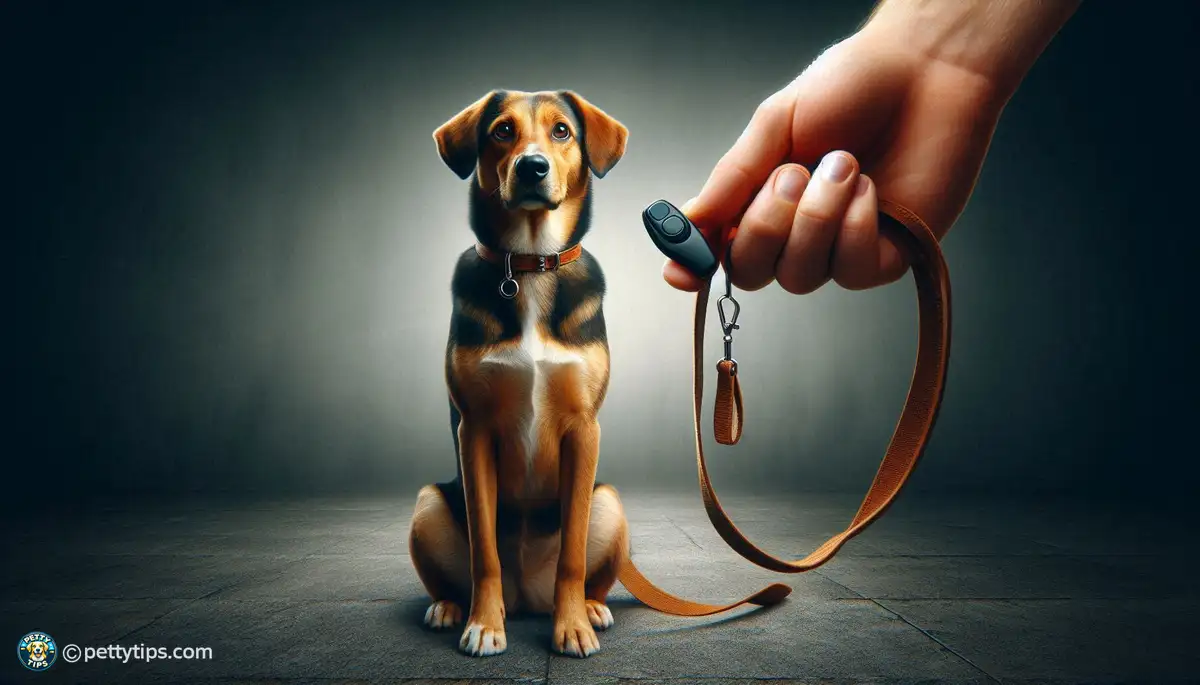- Home
- Pet Training Tips
- Teaching Your Dog Basic Commands: Sit, Stay, and Down
Teaching Your Dog Basic Commands: Sit, Stay, and Down

The Importance of Basic Commands
Training your dog to respond to basic commands is not just about teaching them tricks; it’s about establishing clear communication and fostering a strong bond between you and your furry friend. These fundamental commands—sit, stay, and down—lay the groundwork for more advanced training and ensure your dog’s safety and well-being in various situations. Whether you have a new puppy or an older dog, starting with these basics is essential for building a harmonious relationship based on trust and respect.
Getting Started with Training
Before diving into teaching specific commands, it’s crucial to set the stage for successful training sessions. Choose a quiet, distraction-free environment where you and your dog can focus without interruptions. Keep training sessions short and enjoyable, aiming for multiple short sessions throughout the day rather than one long session. Remember to use positive reinforcement techniques, such as treats and praise, to motivate your dog and reinforce desired behaviors. Patience and consistency are key—progress may be gradual, but with perseverance, you’ll see results.
Establishing Leadership
Dogs are naturally pack animals and thrive in environments where there is clear leadership. By taking on the role of a confident and consistent leader, you can help your dog feel secure and confident in following your commands. Establishing yourself as the leader doesn’t mean being harsh or dominant; rather, it involves setting clear boundaries, being consistent in your expectations, and rewarding good behavior. When your dog sees you as a trustworthy leader, they’ll be more willing to listen and obey your commands.
The Sit Command
The sit command is one of the most basic yet essential commands you can teach your dog. Not only is it a polite behavior that can prevent jumping and lunging, but it also serves as the foundation for many other commands and behaviors. To teach your dog to sit, start by holding a treat close to their nose and slowly moving it upwards and slightly backward. As your dog follows the treat with their nose, their bottom will naturally lower into a sitting position. The moment their bottom touches the ground, say “sit” in a clear, firm tone and reward them with the treat and praise.
The Stay Command
The stay command is crucial for keeping your dog safe in various situations, such as crossing the street or greeting guests at the door. To teach your dog to stay, begin with them in a sitting position. Hold your hand up, palm facing them, and say “stay” in a calm but assertive voice. Take a small step back, then immediately return to your dog’s side and reward them with a treat and praise for staying in place. Gradually increase the distance and duration of the stay, always returning to reward them for their compliance.
The Down Command
The down command teaches your dog to lie down on command, which can be useful for calming excitable behavior or keeping them out of the way in crowded spaces. To teach your dog to lie down, start with them in a sitting position. Hold a treat in your hand and lower it to the ground in front of them, leading their nose down with the treat. As your dog follows the treat with their nose and begins to lower their body, say “down” in a calm, clear voice. Once they are lying down, reward them with the treat and praise. Gradually phase out the treat lure as your dog becomes more fluent in the command.
Troubleshooting Common Challenges
Training your dog to respond to basic commands may not always go smoothly, and it’s essential to be prepared for common challenges along the way. One common issue is inconsistency—mixed signals or sporadic reinforcement can confuse your dog and hinder their progress. Ensure that everyone in your household is on the same page with training techniques and expectations. Another challenge is distraction—dogs are naturally curious creatures, and they may struggle to focus in the presence of enticing smells or sounds. Start training in a quiet environment and gradually introduce distractions as your dog becomes more proficient in their commands. Finally, patience is key—every dog learns at their own pace, so it’s essential to remain patient and persistent, celebrating small victories along the way. With time, consistency, and plenty of positive reinforcement, you and your dog can master these basic commands and enjoy a harmonious relationship built on trust and mutual respect.
